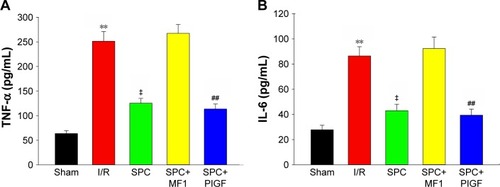Figures & data
Figure 1 A schematic representation of the experimental protocol.
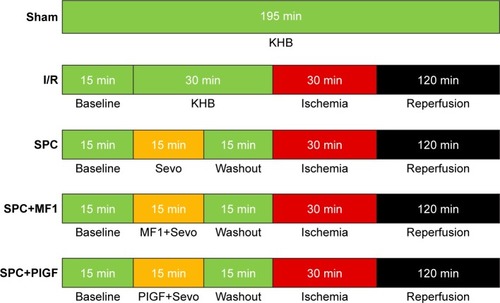
Table 1 The basal hemodynamics of isolated hearts
Figure 2 Pretreatment with 2.5% sevoflurane improved the cardiac LV function after I/R injury.
Abbreviations: +dp/dt, maximum LVDP increase rate; −dp/dt, maximum LVDP decrease rate; I/R, ischemia–reperfusion; LV, left ventricle; LVDP, left ventricular developed pressure; LVEDP, left ventricular end-diastolic pressure; PIGF, placental growth factor; SEM, standard error of the mean; SPC, sevoflurane preconditioning.
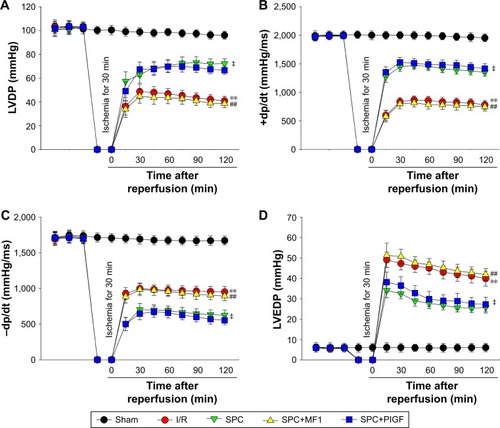
Figure 3 Pretreatment with 2.5% sevoflurane limits the myocardial infarct size and reduces cardiac enzyme release.
Abbreviations: CK-MB, creatine kinase-MB, cTnI, cardiac troponin-I; I/R, ischemia–reperfusion; LDH, lactate dehydrogenase; PIGF, placental growth factor; SEM, standard error of the mean; SPC, sevoflurane preconditioning; TTC, triphenyl tetrazolium chloride.
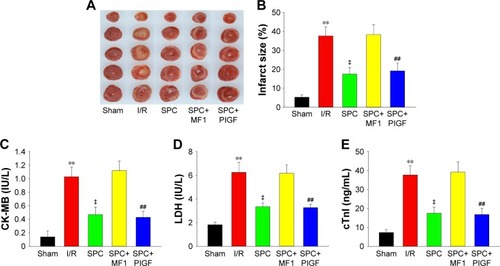
Figure 4 Representative immunoblots (top panel) of VEGFR-1 in isolated rat hearts. Values are presented as mean ± SEM.
Abbreviations: I/R, ischemia–reperfusion; PIGF, placental growth factor; SEM, standard error of the mean; SPC, sevoflurane preconditioning; VEGFR-1, vascular endothelial growth factor receptor 1.
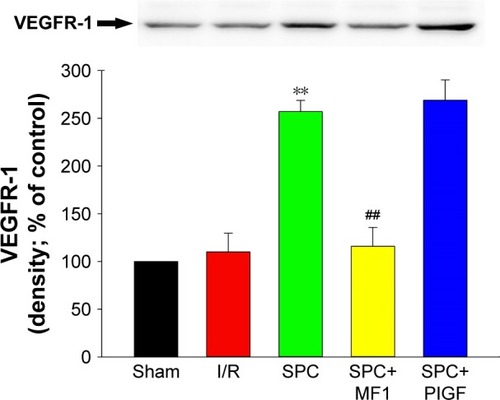
Figure 5 Pretreatment with 2.5% sevoflurane attenuates the inflammatory cytokine release after I/R.
Abbreviations: IL-6, interleukin 6; I/R, ischemia–reperfusion; PIGF, placental growth factor; SEM, standard error of the mean; SPC, sevoflurane preconditioning; TNF-α, tumor necrosis factor-alpha.
